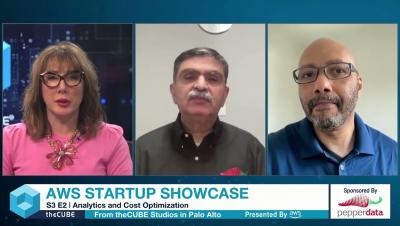Using the Common Expression Language for Metric Filtering with Telegraf
Telegraf is an open-source plugin-driven agent for collecting, processing, aggregating, and writing time series data. When collecting metrics it is common to filter out or pass through metrics with specific names, tags, fields, or timestamp values. The Common Expression Language (CEL) is an open-source language that provides a set of semantics for expression evaluation.











